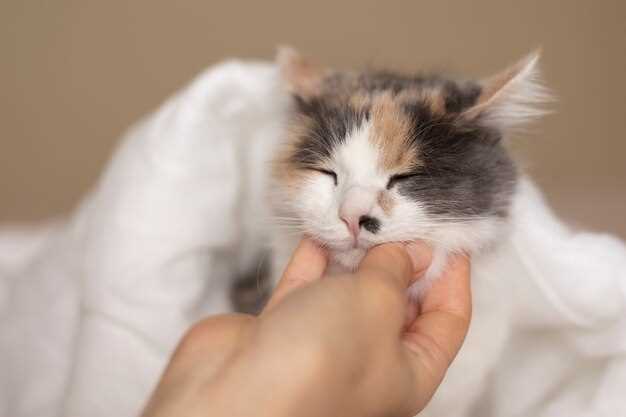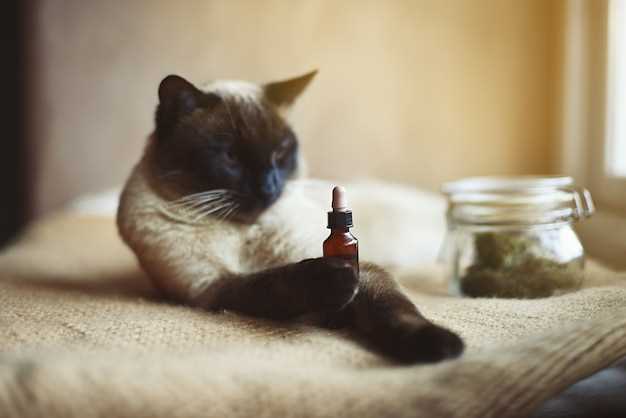
If your feline friend has been prescribed mirtazapine and you are considering discontinuing the medication, it is important to be aware of the potential withdrawal effects. Mirtazapine is commonly used in cats to stimulate appetite and treat certain medical conditions, but stopping the medication abruptly can lead to withdrawal symptoms.
Understanding Mirtazapine Withdrawal in Cats
Mirtazapine is a medication commonly prescribed to cats to stimulate their appetite and reduce nausea. It belongs to a class of medications known as tetracyclic antidepressants, and while it can be effective in treating certain conditions, it can also lead to withdrawal symptoms if discontinued abruptly.
When a cat is taken off Mirtazapine suddenly, it can experience withdrawal symptoms such as lethargy, loss of appetite, vomiting, and diarrhea. These symptoms can be distressing for both the cat and its owner, as they can mimic the original condition the medication was prescribed for.
Caution When Discontinuing Mirtazapine
It is important to work closely with your veterinarian when discontinuing Mirtazapine to ensure a smooth transition and minimize the risk of withdrawal symptoms. Your vet may recommend tapering the medication slowly to allow your cat’s body to adjust gradually.
- Monitor your cat closely for any signs of withdrawal, such as changes in behavior or appetite.
- Provide a calm and comfortable environment for your cat during this transition period.
By understanding the potential for withdrawal symptoms and taking appropriate precautions, you can help ensure a safe and comfortable experience for your cat when discontinuing Mirtazapine.
Signs of Withdrawal
When a cat is experiencing Mirtazapine withdrawal, there are several signs and symptoms to watch out for. These may include:
1. Loss of appetite:
Cats going through withdrawal may refuse to eat or show a decreased interest in food.
2. Lethargy:
The cat may appear more tired and less active than usual, showing signs of fatigue and weakness.
3. Vomiting or diarrhea:
Some cats may experience gastrointestinal upset, leading to vomiting or diarrhea during withdrawal.
It’s important to monitor your cat closely for any of these signs and consult with your veterinarian if you suspect they are experiencing Mirtazapine withdrawal.
Signs of Withdrawal
Mirtazapine withdrawal in cats can present with a variety of signs and symptoms. Some common signs of withdrawal include:
1. Decreased appetite: Cats may refuse to eat or show a decreased interest in food.
2. Lethargy: Cats may appear more tired and have a lack of energy.
3. Agitation: Some cats may show signs of restlessness or agitation.
4. Vomiting: Cats may experience vomiting as a withdrawal symptom.
It is important to closely monitor your cat for these signs and consult your veterinarian if you notice any concerning symptoms.
Managing Withdrawal Symptoms
Managing withdrawal symptoms in cats can be a challenging task, but with proper care and attention, you can help your furry friend through this difficult time. Here are some tips to help you manage mirtazapine withdrawal symptoms in your cat:
1. Provide a Quiet and Comfortable Environment:

Creating a calm and soothing environment for your cat can help alleviate stress and anxiety during the withdrawal period. Make sure your cat has a cozy bed, access to fresh water, and a quiet place to rest.
2. Monitor Your Cat’s Behavior:
Keep a close eye on your cat’s behavior and monitor for any changes or signs of distress. If you notice any unusual symptoms or behaviors, consult your veterinarian immediately.
Remember: Withdrawal symptoms can vary from cat to cat, so it’s important to pay attention to your furry friend’s individual needs and reactions.
By providing a supportive and caring environment, you can help your cat cope with mirtazapine withdrawal symptoms and ensure a smooth recovery process.
Consulting a veterinarian for professional guidance and advice is crucial in managing withdrawal symptoms in your cat.
Supportive Care at Home

When dealing with mirtazapine withdrawal in cats, it is crucial to provide supportive care at home to help ease their symptoms and make them more comfortable. Here are some tips on how to provide supportive care for your cat:
- Ensure your cat has access to fresh water at all times to prevent dehydration.
- Offer your cat small, frequent meals to help stimulate their appetite, as loss of appetite is a common withdrawal symptom.
- Provide a warm and quiet environment for your cat to rest and recover.
- Monitor your cat closely for any changes in behavior or symptoms and consult your veterinarian if you notice anything concerning.
By providing supportive care at home, you can help your cat through the mirtazapine withdrawal process and ensure they are as comfortable as possible during this difficult time.
Supportive Care at Home
Supportive care at home is essential when managing Mirtazapine withdrawal in cats. It involves creating a calm and comfortable environment for your feline friend to help them through the withdrawal process.
1. Provide a Quiet Space
Ensure your cat has a quiet and cozy space where they can rest undisturbed. This will help reduce stress and anxiety during the withdrawal period.
2. Monitor Food and Water Intake
Keep a close eye on your cat’s food and water intake. Some cats may experience decreased appetite or changes in eating habits during withdrawal. Providing tempting, high-quality food can help encourage eating.
Additionally, make sure your cat has access to fresh water at all times to prevent dehydration.
Remember: If you notice significant changes in your cat’s eating or drinking habits, consult your veterinarian for advice.
By providing supportive care at home, you can help your feline companion navigate through Mirtazapine withdrawal with comfort and care.
Preventing Withdrawal in Cats
Cats may experience withdrawal symptoms when Mirtazapine is abruptly discontinued. To prevent this, it is essential to gradually reduce the dosage under the guidance of a veterinarian.
Guidelines for Preventing Withdrawal:
| 1. Consult a veterinarian: | Before making any changes to your cat’s medication, consult a veterinarian to develop a tapering plan. |
| 2. Taper off Mirtazapine: | Gradually reduce the dosage of Mirtazapine over a period of time to minimize the risk of withdrawal symptoms. |
| 3. Monitor your cat: | Keep a close eye on your cat for any signs of withdrawal during the tapering process and contact your veterinarian if you notice any concerning symptoms. |
| 4. Provide a supportive environment: | Ensure your cat has a comfortable and stress-free environment during the tapering process to help reduce any potential stress-related symptoms. |
